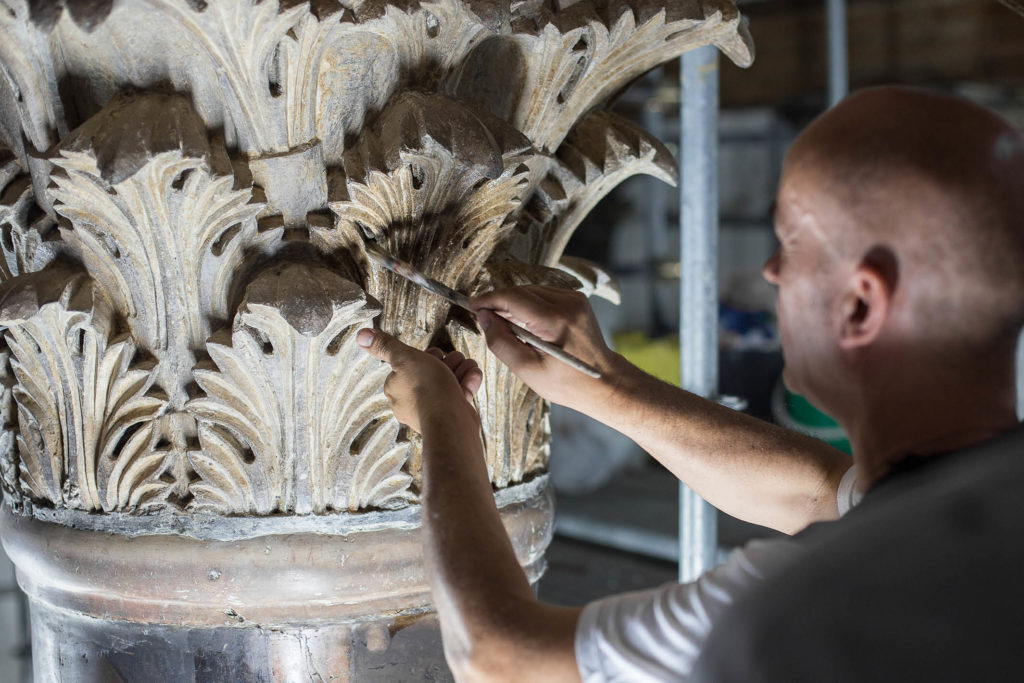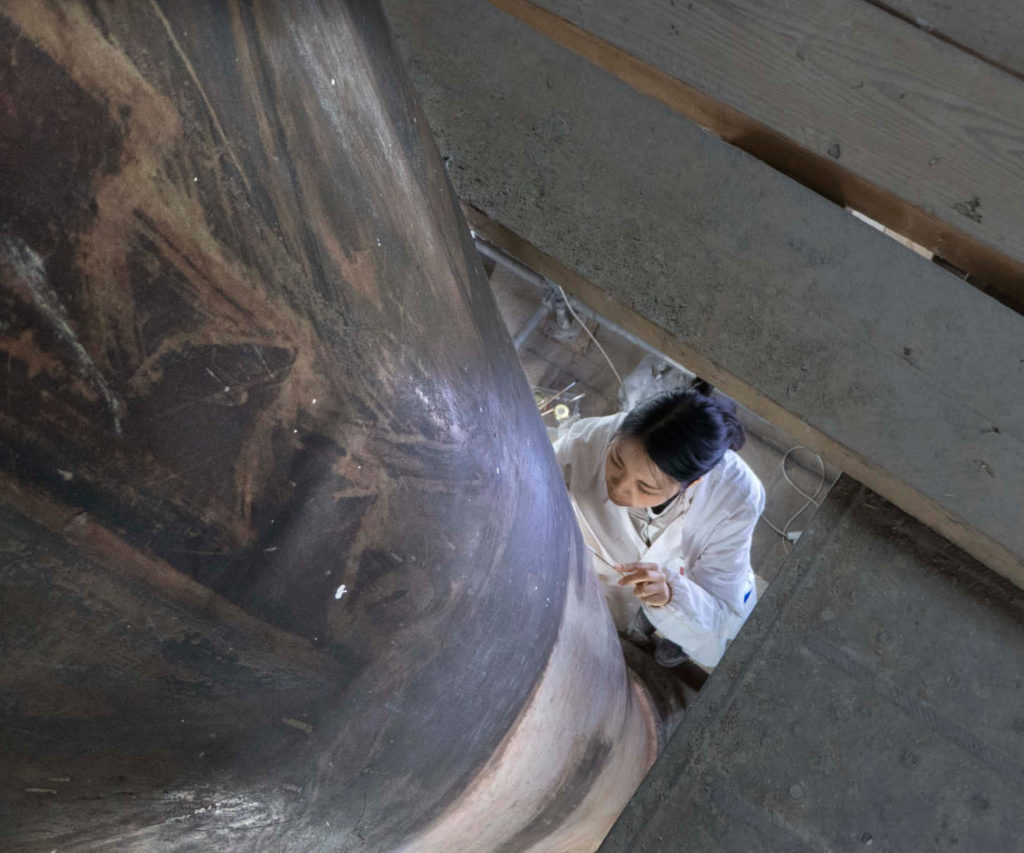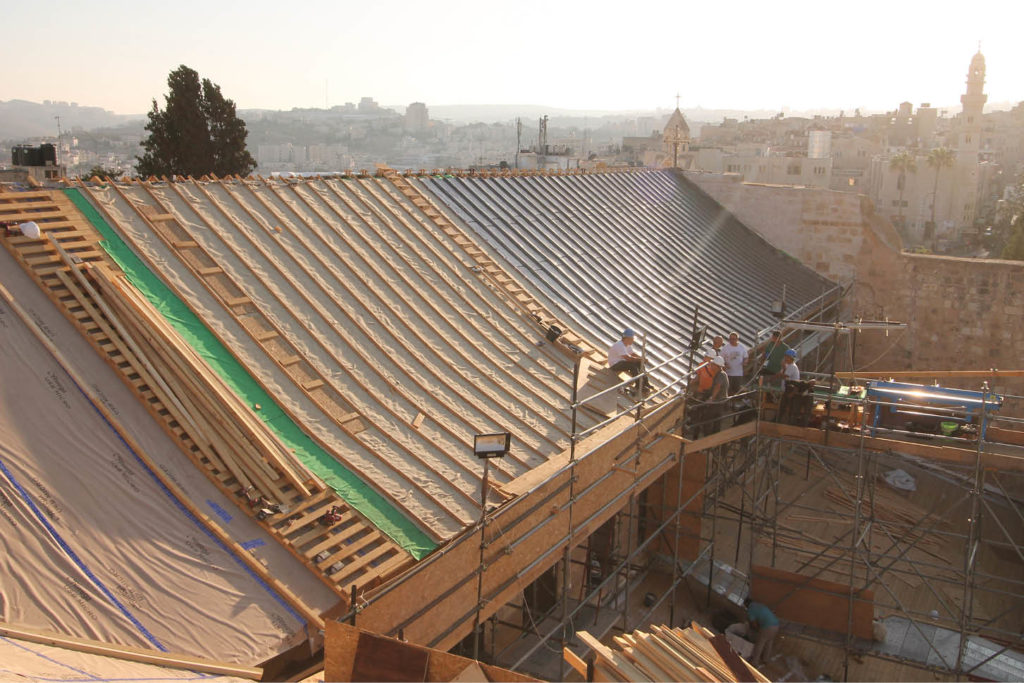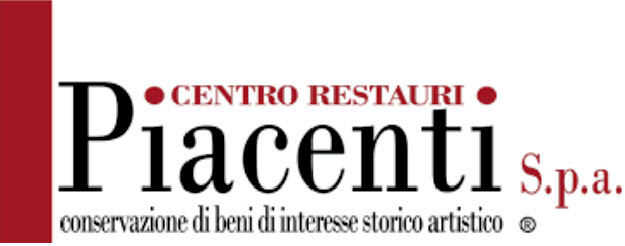To restore is to express the emblematic dynamic of work in its deep meaning; in other words, the acknowledgement of a received asset and the commitment to nurture it for the common good. Each work is something given to us – a gift from nature, discovered in its value for human life, or a treasure, created by those who came before us – which needs to be cared for, looked after, and passed down to those who will come after us.
A restoration site, like that of the Basilica of Bethlehem, sets a whole world into motion: knowledge and ability come together from many different disciplines. Since 2013, 400 partners, collaborators, subcontractors, consultants, and over 80 companies (apart from Piacenti’s technicians) have worked on the site.
People from various nationalities, cultures, and religions who possess a variety of professional skills have come together. From university professors to carpenters, they have come in the same way as when a medieval cathedral was being built. The whole world is working in the basilica, and the whole world – from private companies to governments – is funding this initiative. And finally, the whole world is looking at this restoration endeavor. More than 90 international authorities have officially visited the site during the past 6 years.
The restoration works have reached each area of the basilica, starting from the load-bearing structure to the external surfaces, in order to stop the serious deterioration of the church caused by water infiltration, rising damp, and condensation damp.
Piacenti SpA adopted restoration criteria based on the research of the original configurations and material, and on the aesthetic adaptation to the new findings following the restorative cleaning. The most complicated interventions were those that focused on the conservation and structural restoration of the roof and the wall and floor mosaics.

The 2,000-square-meter roof that initially was covered by a coffered false ceiling has been revealed to be a unique masterpiece of Byzantine engineering and carpentry. The structure is highly resistant to earthquakes, thanks to the wooden sleepers system that keeps the walls together, similar to any modern anti-seismic building.
Originally, the roof was made of cedar wood from Lebanon, but that was later lost. In the fifteenth century, the Venetians brought larch wood from the Alps (Cadore), and they covered it with lead sheets and underlying clay, which proved to be the weak point since it allowed water to infiltrate and the dry rot to expand.
The year-long restoration of the roof was undertaken by replacing the damaged wood, or filling it, with the same ancient larch wood from Italy. Anatolian oak wood was also utilized as it was already used in limited restorations during Ottoman times. In total, 8 percent of the wood used was Anatolian. New lead sheets from Germany were put in place over the wood. Italian wool was inserted between the lead sheets and the wood beams, and it was inserted using small pieces of wood that create an aeration system able to dry any drop of water and to thermally insulate the basilica.

Although only 130 square meters are left from the original 2,000 square meters, the mosaics have exceptional characteristics: first of all, the originality of mortar, sinopia (dark reddish-brown natural earth pigment), and tesserae. Ultimately, the restoration secured the mosaic surface, one-third of which was affected by detachment, thus re-establishing the legibility of the scenes without adding new tesserae.
Mosaic tesserae are of four types: colored vitreous glass, gold or silver foil on glass tesserae, stone tesserae, nacre tesserae. The tesserae vary in size. The largest ones can be found in the background and are never more than one square centimeter. The smallest ones are used for the faces and skin to guarantee more nuances, as in a micro-mosaic. The gold tesserae (with a different metallic layer and vitreous glass) are disposed with a peculiar angle that creates an intricate play of light on the mosaic surface.
The restoration work confirmed what is reported in historical sources:
“…the Ottomans shoot with the harquebus the images that they cannot otherwise reach and destroy.”* The mosaic surface is indeed full of holes (lacuna), some of them particularly deep, and antique lead bullets were found in the plaster. The holes were repaired with engraved and pigmented mortar to restore the legibility of the piece and, at the same time, to guarantee the material identification of the reconstructed parts.

The restoration has given new life to the structures, the mosaics, the columns, and the magnificent floors. Today, pilgrims and tourists can finally visit the renovated church and enjoy its original decorations. The restored church, where hundreds of people from different cultures have collaborated, is now a symbol of the social and cultural power of art and beauty, a clear message of unity to the world.
*Giovanni Francesco Alcarotti, Del viaggio in Terra Santa, Novara, 1596.


